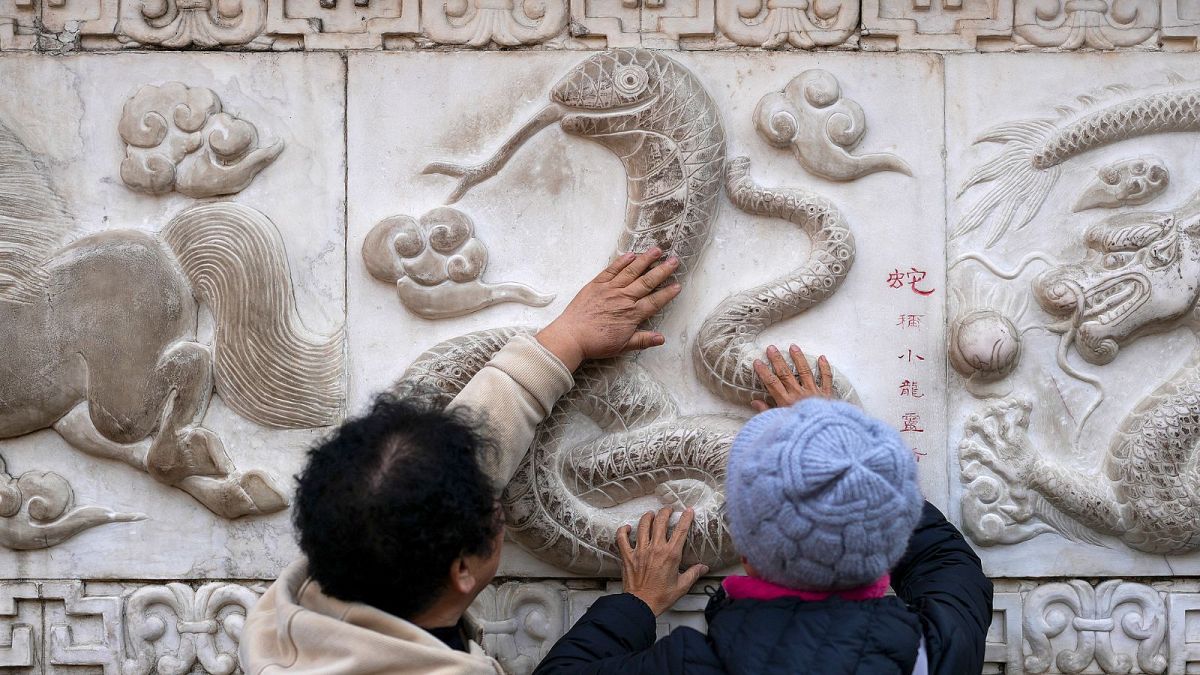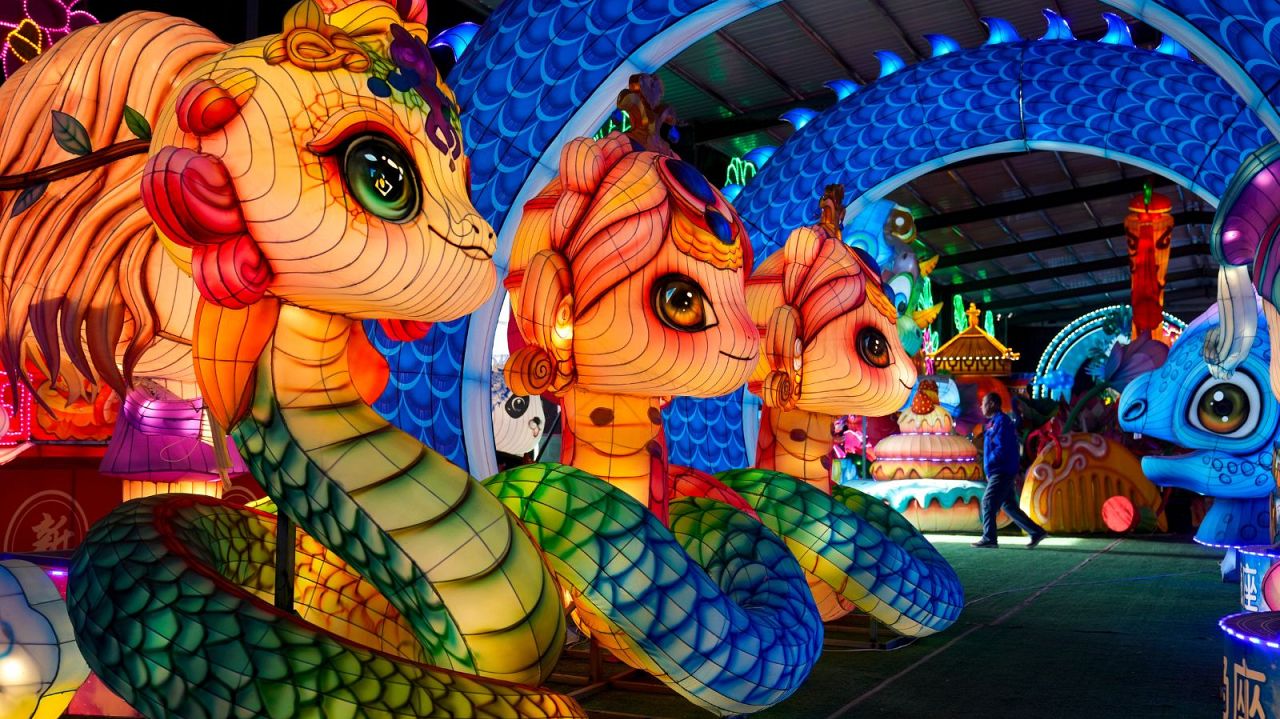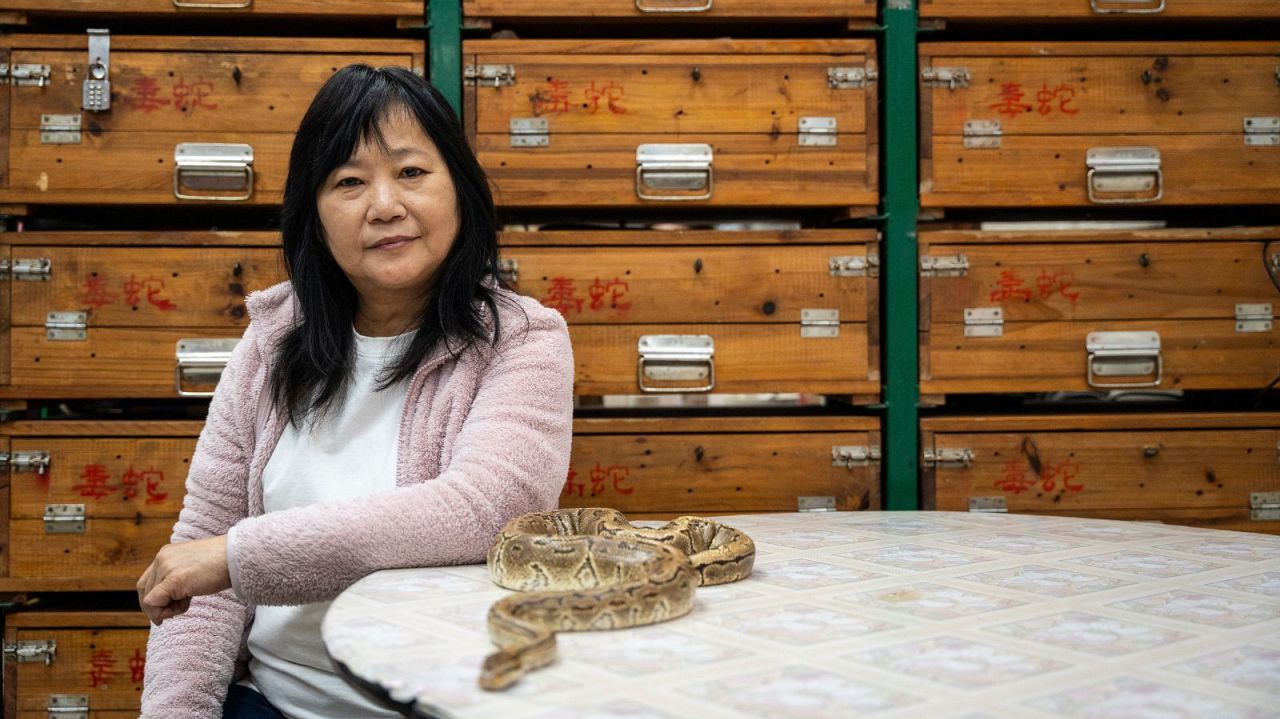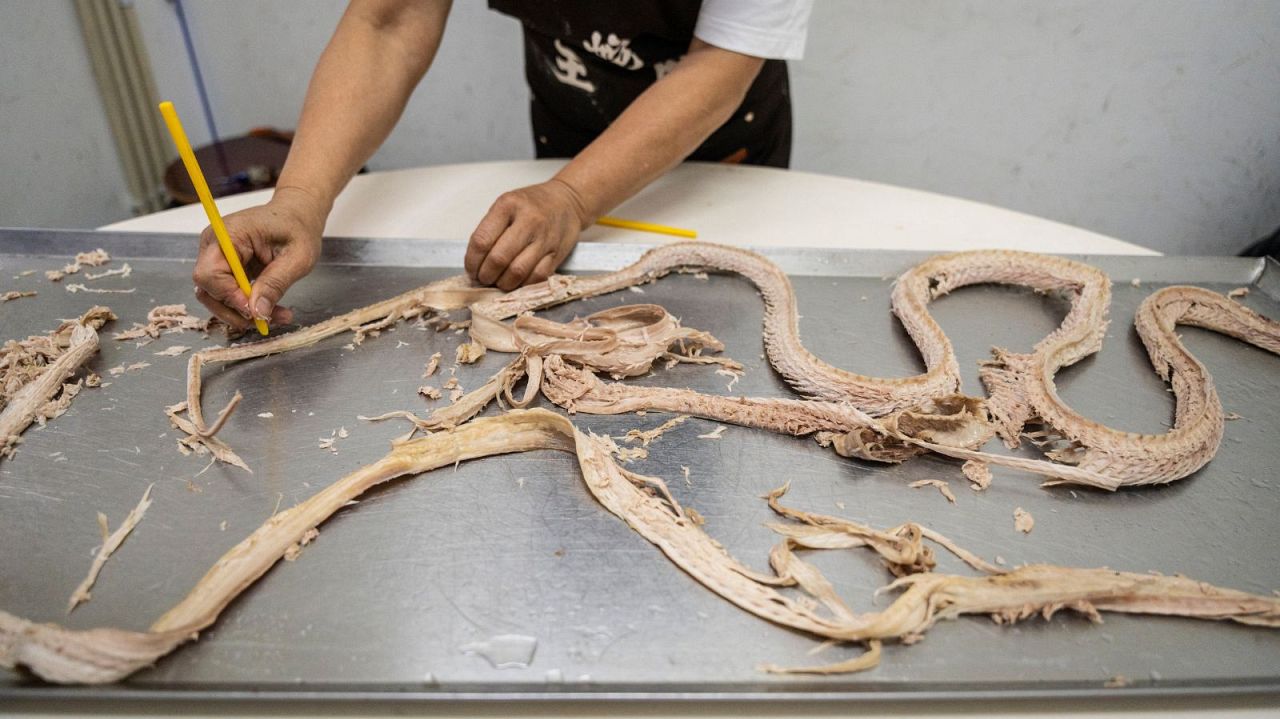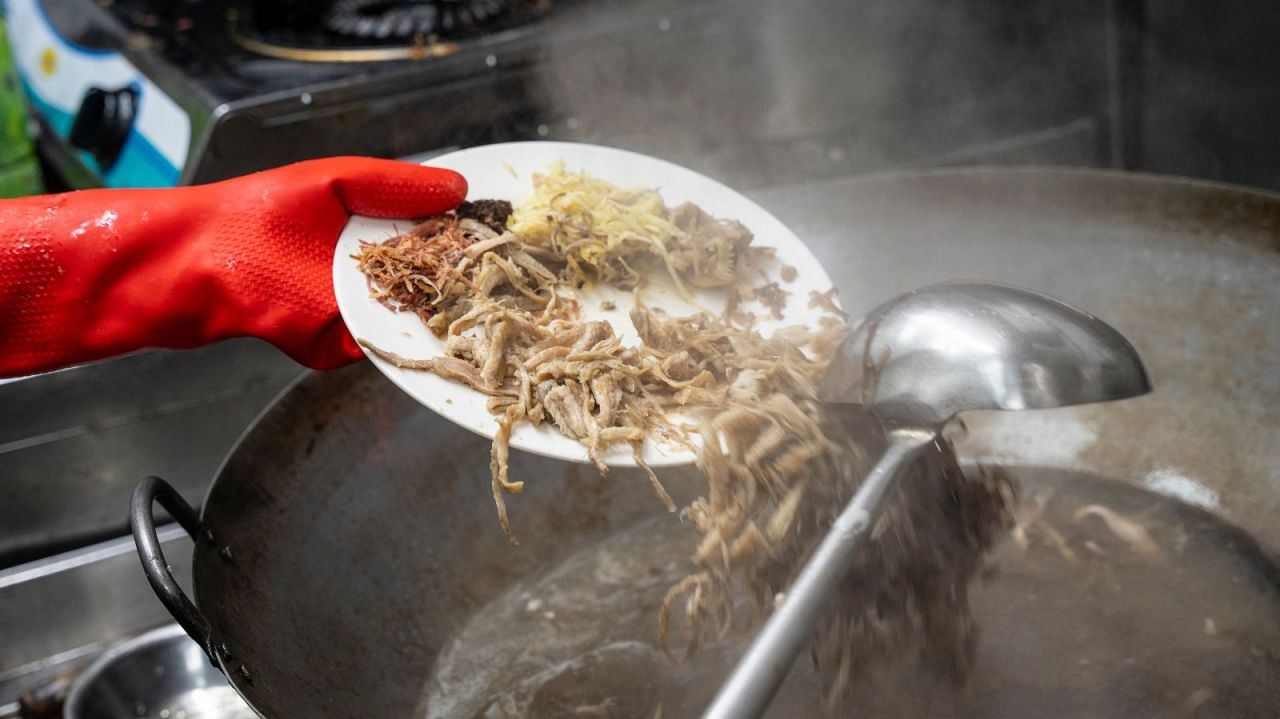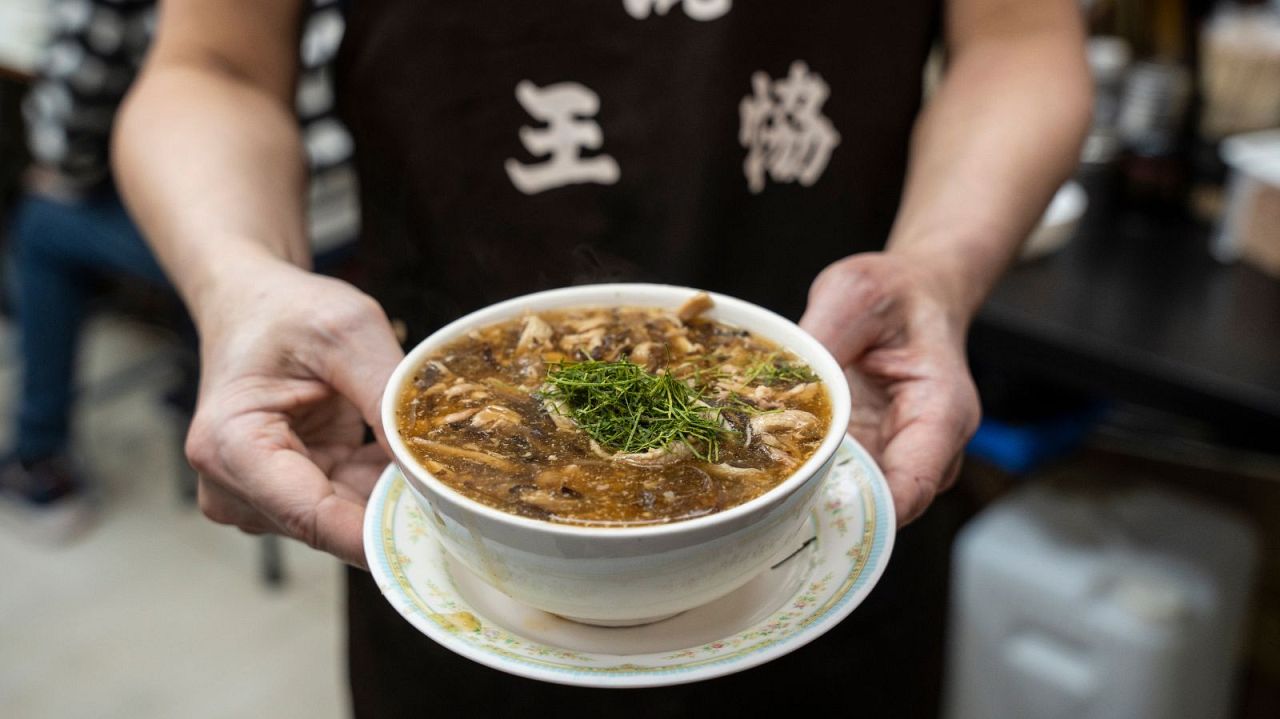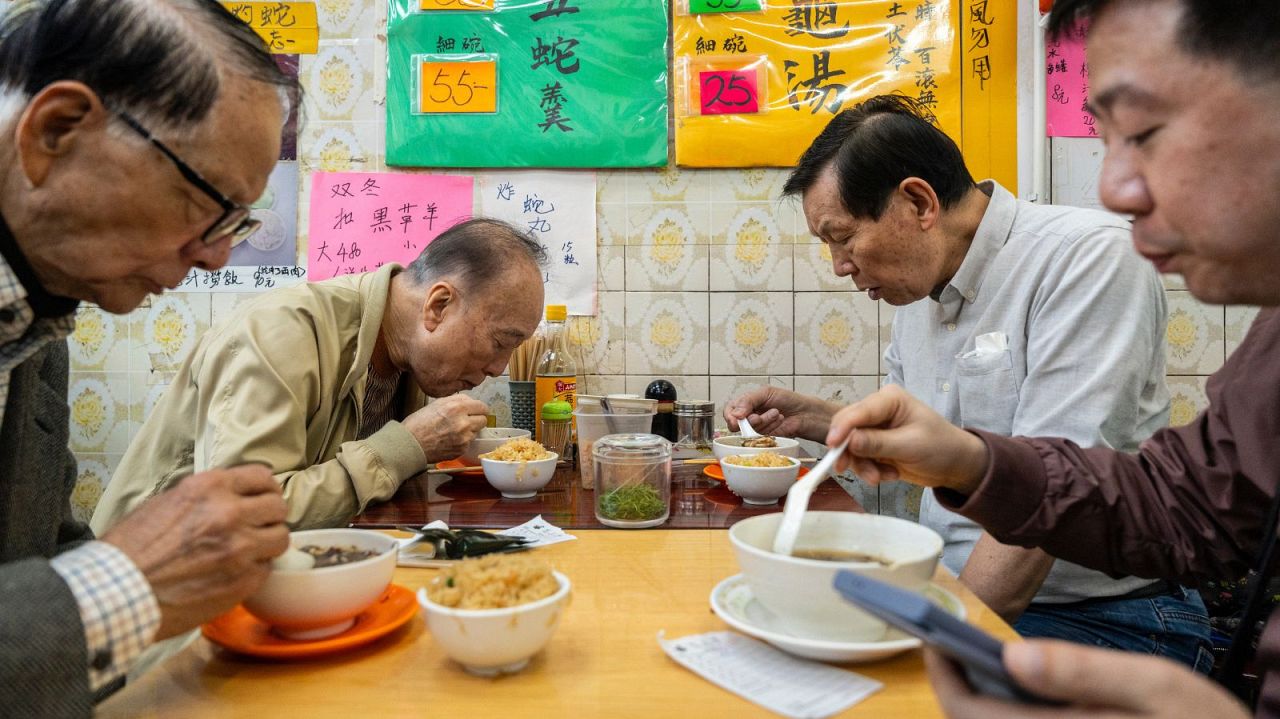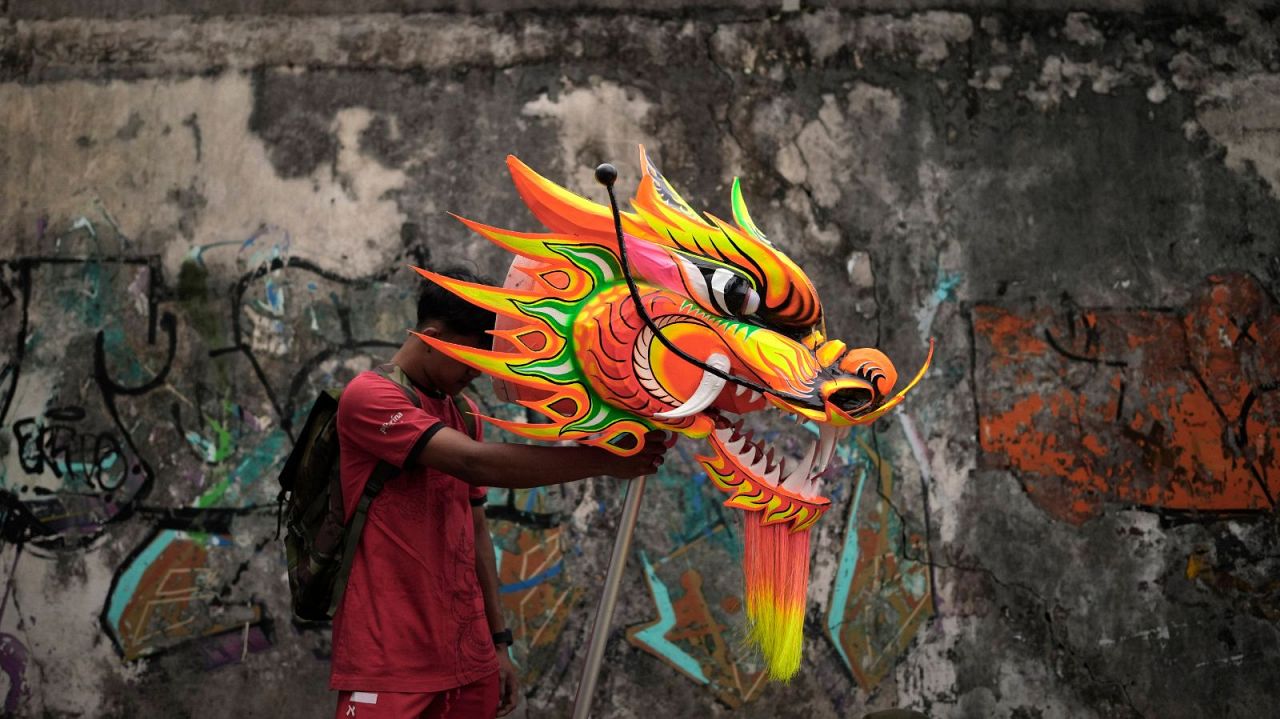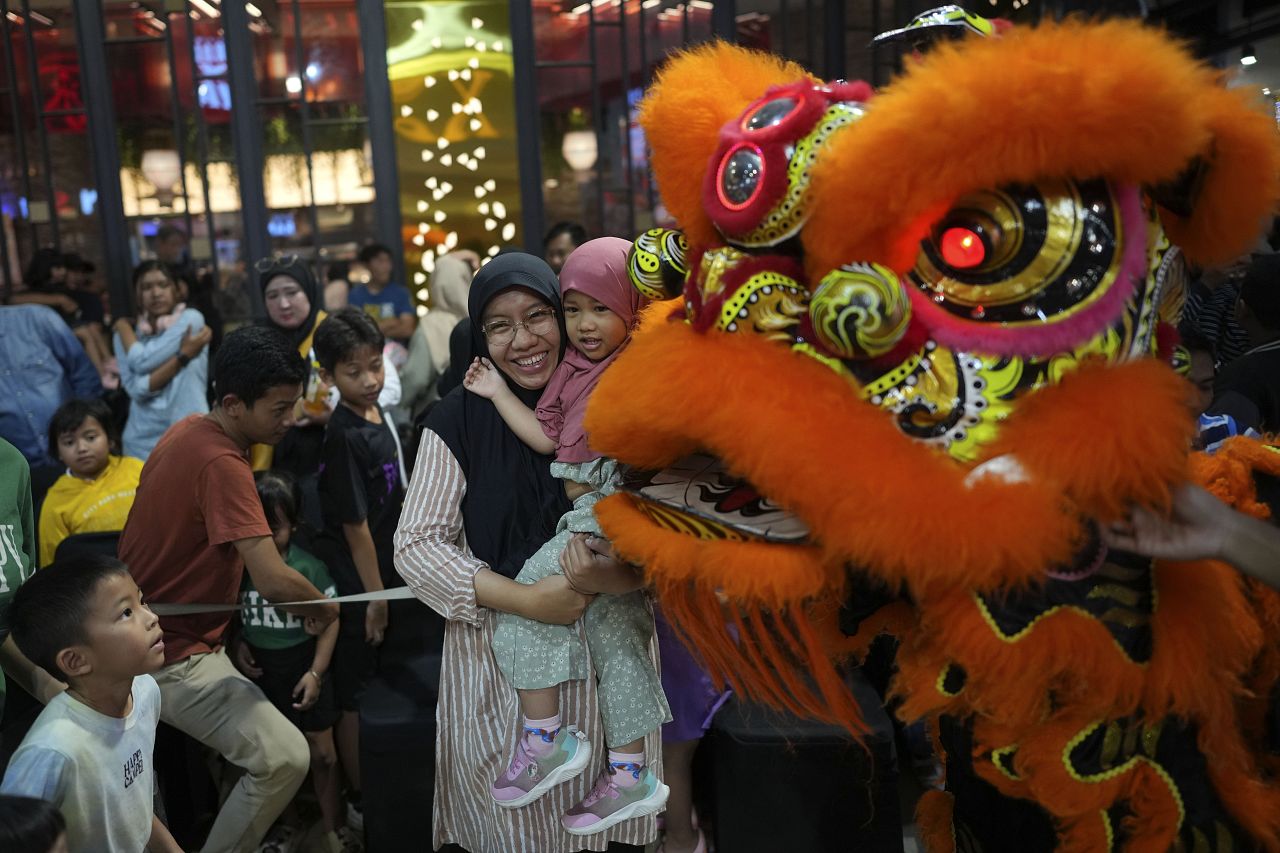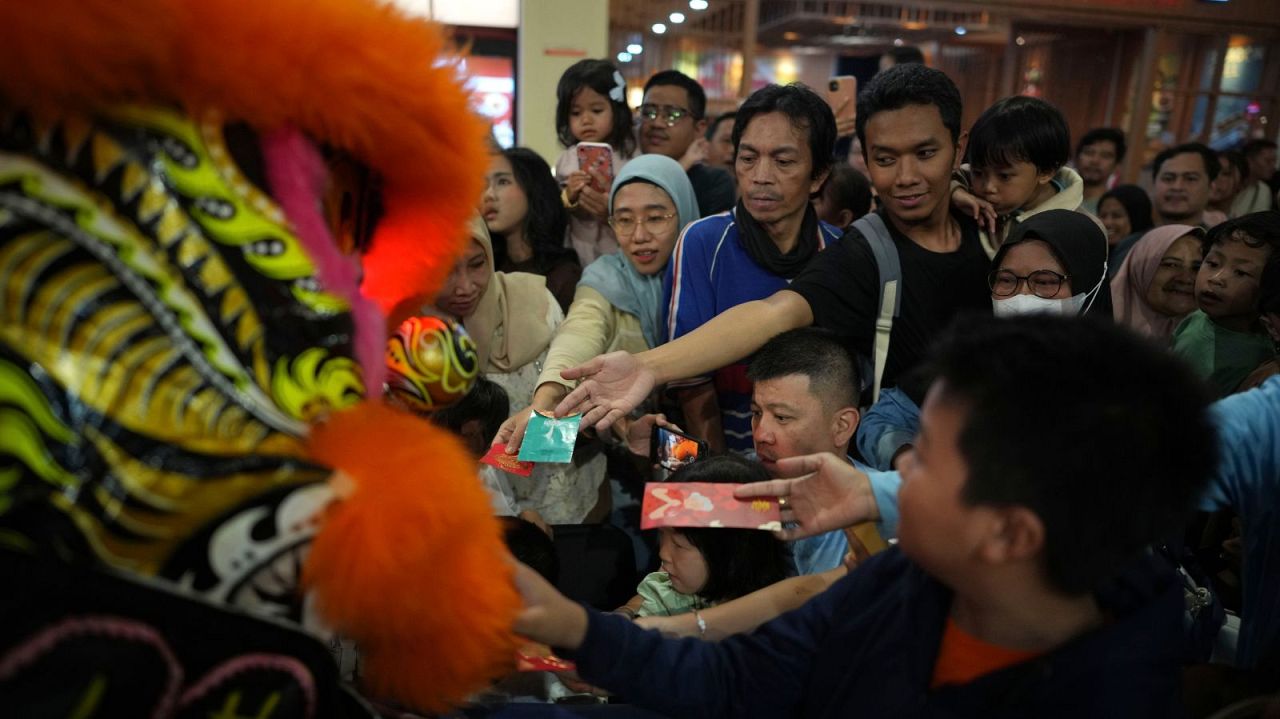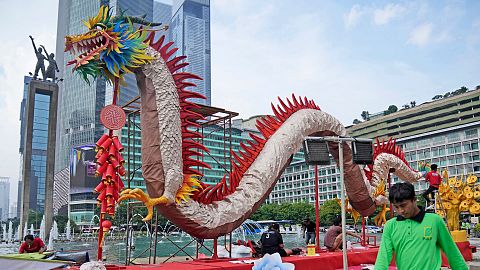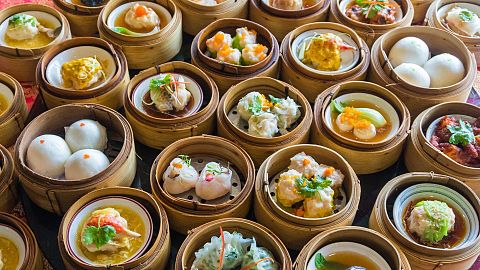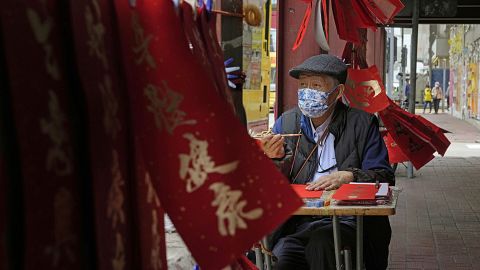Chinese New Year 2025: Everything you need to know about the Year of the Snake
The Lunar New Year starts tomorrow, welcoming the Year of the Snake. What can we expect from this year and how are people celebrating? With soup and puppets, for some...
Asian communities across the world will begin ringing in the Lunar New Year tomorrow, with 2025 designated as the Year of the Snake in the Chinese zodiac.
The Snake is the sixth animal in the zodiac cycle and is an important motif in Chinese mythology. It is traditionally associated with traits like intuition, wisdom, slyness and charm, and often linked to the element of fire – representing passion and transformation.
This means that the year, also referred to as a "little dragon year", is considered to be a time for reflection and skin shedding – ie: personal growth.
So, fear not those of you still clinging onto negative perceptions of snakes and serpents as symbolic of sin and evil; people born in the Year of the Snake are believed to be intelligent and graceful.
That means if you were born in 1941, 1953, 1965, 1977, 1989, 2001 or 2013, congratulations on all that IQ and ssssstyle.
For those born this year, it's more precisely the year of the Wood Snake.
You see, the Chinese Zodiac also has a cycle of natural elements that changes every two years: earth, metal, water, wood, and fire. As there are 12 signs and five elements, it takes 60 years for the same animal sign and element combination to occur.
So 2025-ers, be content in knowing that the wood snake is a particularly charming and creative sign, one which can be cunning and ruthless if needs be.
Ssssseriously good sssssoup
As Hong Kong prepares to welcome the Year of the Snake, one chef is keeping busy.
In her decades-old restaurant, Chau Ka-ling is one of the last keepers of the city’s traditional snake soup industry. She does, however, save three live snakes for occasional display in wooden drawers that once housed more serpents for cooking.
Founded by Chau’s late father in the 1960s, Shia Wong Hip once slaughtered live snakes for its dishes. “Shia Wong” means “Snake King” in Cantonese. Under her father’s guidance, Chau learned to catch and kill serpents and make soup, eventually becoming known as the city’s “Snake Queen.”
The restaurant, alongside most of the city's other remaining snake soup shops, switched to using frozen snake meat from Southeast Asia after a 2003 outbreak of SARS, or severe acute respiratory syndrome, killed 299 people in Hong Kong.
Despite the change, preparing snake soup still takes a long time. The defrosted snake meat must be boiled for at least two hours to achieve the desired tenderness. After it cools, Chau debones it with a sharpened chopstick and tears it into thin pieces by hand.
The snake bones then are simmered with chicken and pork bones for at least six hours to make the soup base. Next, the broth is stewed with snake meat, shredded chicken, ham, fungus and mandarin orange peel before finally being thickened with starch.
When a bowl of soup is served, diners usually garnish it with lemon leaves and crispy chips.
Snake meat, which has a texture similar to chicken after cooking, is rich in protein and low in fat.
During the winter, Chau can sell up to 800 bowls a day ranging in price from €6 to €10. But that figure drops to 100 or less in the summer, when the soup is less popular.
Snake soup shops have closed after the COVID-19 pandemic and as older chefs retire, leaving only about 20 still in operation. But Chau is determined to keep her business going as long as possible, though she is pessimistic about the industry's future.
“This is not a money-making industry and so I don’t see that any young people would like to get into it,” she said.
Feeding the puppet
Elsewhere, celebrations have already begun to usher in the Lunar New Year.
In Indonesia, where millions of people have Chinese ancestry, crowds already gathered in the city of Bohor to listen to drummers and watch puppet displays – with some placing red envelopes (hóngbāo) filled with money into the puppet’s mouth.
The red colour is hugely important in these celebrations, as it symbolises good luck and prosperity. As for the hóngbāo, the tradition has evolved in the 21st Century, as many people now exchange digital red envelopes instead of the traditional paper ones.
Finally, if you want to wish someone a happy new year in Chinese, we've got you covered.
In Mandarin, you can use the phrase “春节快乐” (Chūn Jié Kuài Lè), which means “Happy Spring Festival”, and in Cantonese, it’s “恭喜发财” (Gong hei fat choi), which means “Congratulations and be prosperous”.












